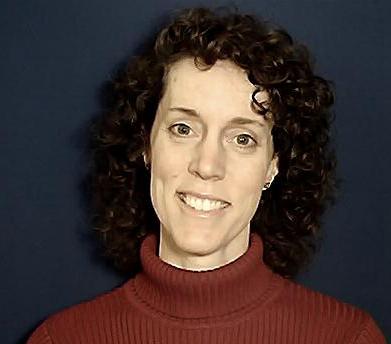By Siobhan Eddy-Young, Physical Therapist
as appeared in the Brattleboro Reformer’s Graceful Health series, October 23, 2015
Most people are familiar with the medical specialty of physical therapy, which helps people to improve their ability to move after accident, injury, or disease so they can live functional, productive lives. On the other hand, the specialty area of pediatric physical therapy is not so well understood. I love working with children and helping them with their physical therapy needs, and I would like to share about the work I do.
In some ways, pediatric physical therapy is the same as adult physical therapy. In both cases, the therapist works with the patient to remediate and develop better function in muscles, joints, and tendons. All physical therapists study biology, anatomy and physiology, movement science, neurology, psychology, observation and communication skills, and methods for developing an appropriate plan of care tailored to each individual’s needs. This is the general education that prepares every physical therapist for clinical practice.
Working with children is different than working with adults in several important ways. First, different communication skills are needed. Obviously, a toddler does not have the same vocabulary or conceptual understanding as a child of 10 or 12. Some children never develop typical receptive or expressive language skills. A pediatric physical therapist must come up with a variety of ways to explain what he/she wants the patient to do, and discern the patient’s various responses and questions.
Second, and perhaps even more important, a pediatric physical therapist must have a thorough understanding of musculo-skeletal development through the childhood years so that the exercises and other therapies used with the patient will help, not hinder, that growth.
Technically, pediatric physical therapy is not limited to working with children. It is actually a specialty area focused on helping with childhood onset issues. Therefore, if I’m working with a child who turns 18 during the course of our work, I don’t sign off and hand that patient to another therapist. Because I am the one most familiar with the child’s situation and goals, I continue to work on the case even into adulthood.
Another significant difference from working with adults is that it is not just the patient that I’m working with. As a pediatric physical therapist, I work closely with a patient’s family. It is crucial that parents and caregivers understand and support the therapeutic plan of care, participate in setting goals for therapy, and understand any limitations that must be accepted. I also collaborate with the patient’s physician and other medical providers, and the school based therapy team. The team approach is vital. We all work together to best meet the child’s mobility needs, including assessing the need for adaptive equipment. Once equipment is received, I continually review the fit and function of that equipment.
In order to prepare for this specialty, pediatric physical therapists often complete extra coursework as well as clinical education internships so they can experience the difference between working with adults and with children. Some pediatric physical therapists also complete a formal clinical residency. The board certified pediatric physical therapy specialty area was first established in 1981 by the American Physical Therapy Association (APTA). As of June 2015, the number of Pediatric Certified Specialists is 1,485, according to the APTA.
All of this background information about pediatric physical therapy may help you understand what I do, but only the success stories of my patients can adequately explain why I continue to love this work.
Currently, I am working with one very determined young woman named Celine Rollins. She has given me permission to share her story. Celine lives in Newfane and has cerebral palsy, a chronic condition that affects communication between the brain and the muscles. All of her life, she has only been able to walk with the aid of leg braces and assistive devices, most recently forearm crutches. She is in her last year of high school, and she has one burning desire that guides our work together. She wants to walk across the stage without crutches or braces to accept her high school diploma next June.
Five years ago, when she first got this idea, this was only a remote possibility, as she couldn’t even stand without the braces. Now, she can take 30 steps without braces and 65 steps with them. We are delighted and encouraged by this progress, and though there is still a ways to go to the goal, we will keep working toward it.
Other children that I work with have different mobility goals, such as rolling to get across the floor to a toy, or maintaining steady head control in order to use eye gaze accurately to make choices. Every success brings a smile and a reason to celebrate. We love to celebrate!
Every child and family teaches me something new, which makes this work always interesting. I often work with children for many months or even years, so I really get to know them. I have been working with Celine for ten years, and she has grown from a nervous young child to a warm and delightful young lady. She often says that she thinks of her therapists at Grace Cottage as a “second family.” These connections and the chance to watch these children develop new abilities is a very special part of my job as a pediatric physical therapist.
___
Grace Cottage Physical Therapist Siobhan Eddy-Young holds a B.S. degree in Health Sciences and Policy from the Univ. of Maryland, and both a B.S. in Physical Therapy and a Masters in Health Sciences from the Medical Univ. of South Carolina. She joined the Grace Cottage staff in 1998. She specializes is pediatric physical therapy.

